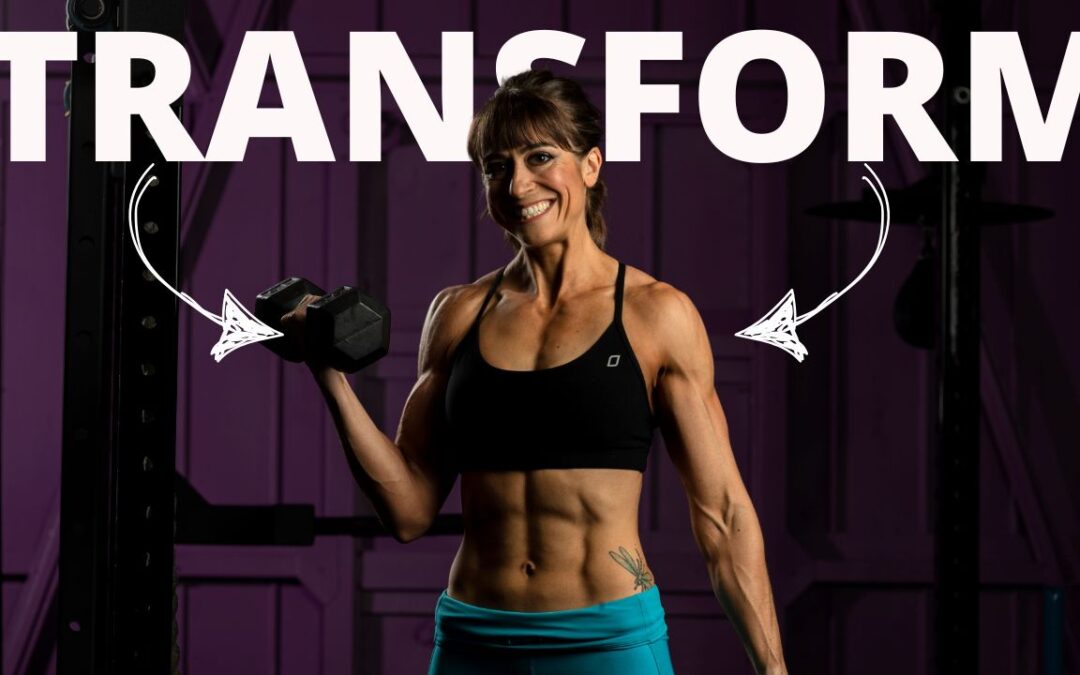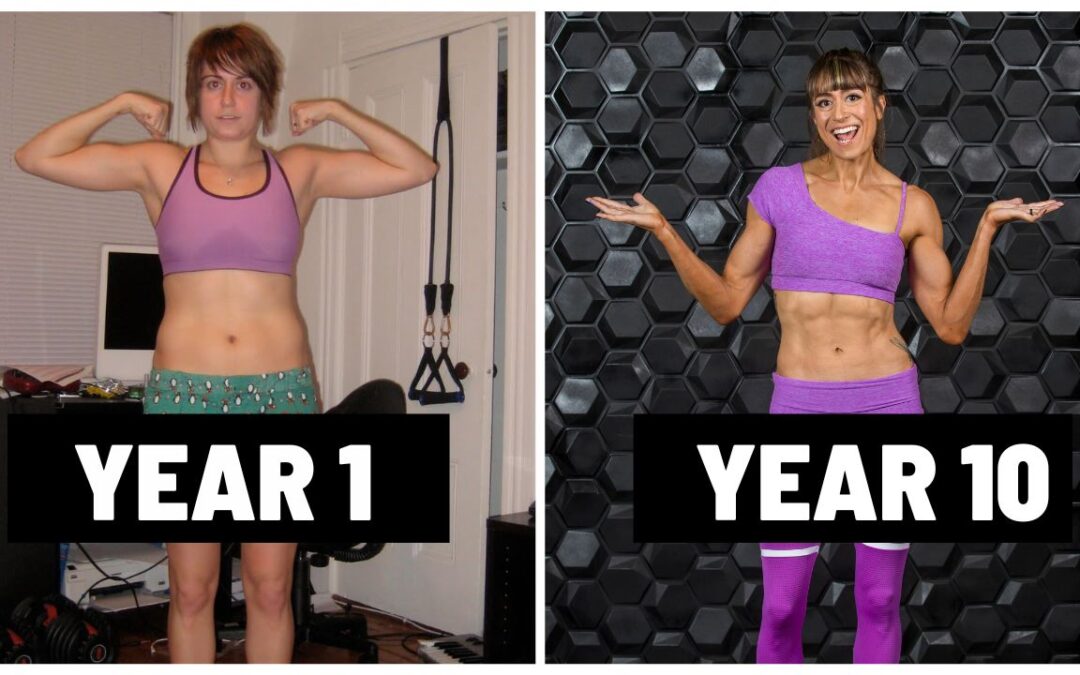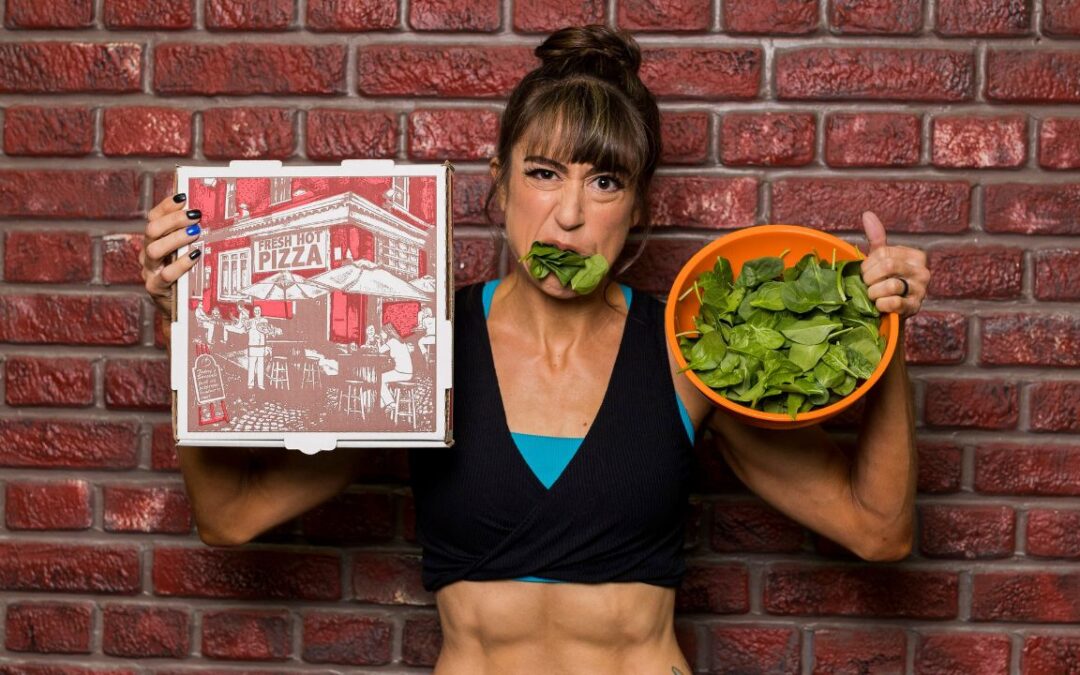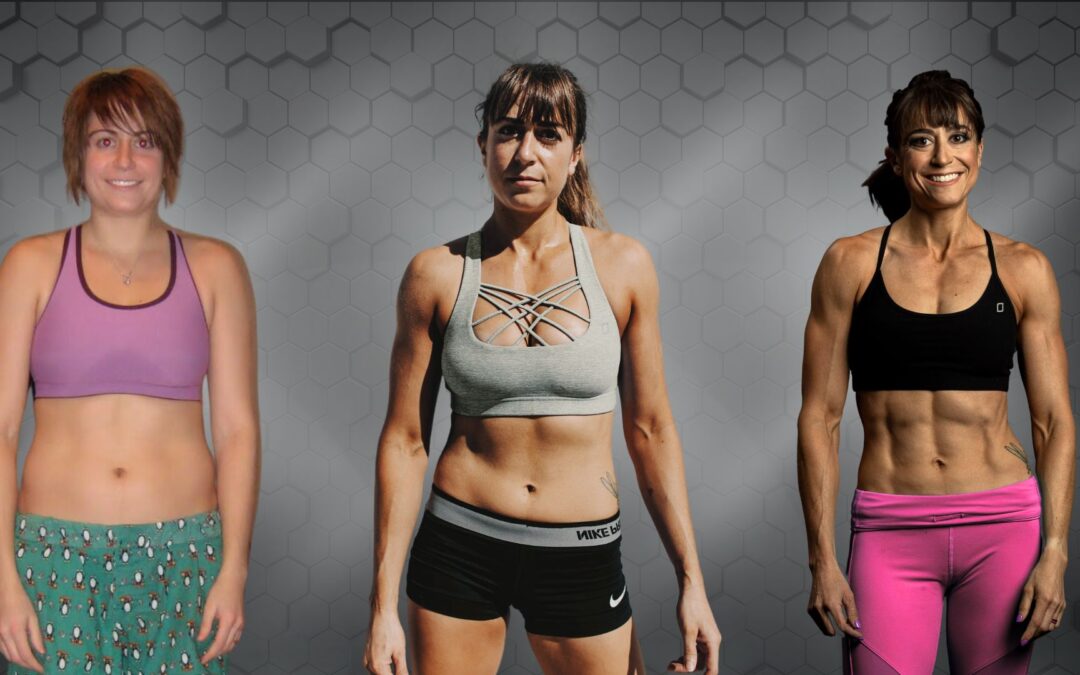
by Cori Lefkowith | Mar 2, 2025 | Blog, Exercises
I’m flattered that I tend to get a ton of compliments on my arms and shoulders. And because people seem to like them, I want to share the10 tips I think have helped me see fabulous arm definition. And I’ll tell you tip number one is not to include more arm isolation...

by Cori Lefkowith | Feb 9, 2025 | Blog, Diet, Exercises
I wanted to lose fat and get ab definition for the longest time and struggled hard. I blamed it on willpower. My love of food. My genetics. But I realized it was that I didn’t fully understand these 10 hard truths I’m going to share with you now. Because I want to...

by Cori Lefkowith | Jan 12, 2025 | Blog, Diet
“It’s not my workouts. It’s my diet.” I struggled to make the nutritional changes I needed to see the fat loss and muscle definition I wanted for the longest time. I tried to out exercise my diet. But you can’t. At least not for long. And the more we try to, the more...

by Cori Lefkowith | Jan 5, 2025 | Blog, Diet, Exercises
I’m going to give it to you straight – the places we want to lose from first are often the LAST to go. And in the process of losing fat, they often look WORSE before they look better because areas around them shrink as they stay EXACTLY THE SAME. This makes...

by Cori Lefkowith | Nov 24, 2024 | Blog, Diet, Exercises
To lose fat you don’t just do one thing the whole time. There are phases and cycles. Your diet and your workouts should EVOLVE. That’s why I want to go over 3 different phases you can cycle through during your fat loss journey to see amazing results that LAST and know...






